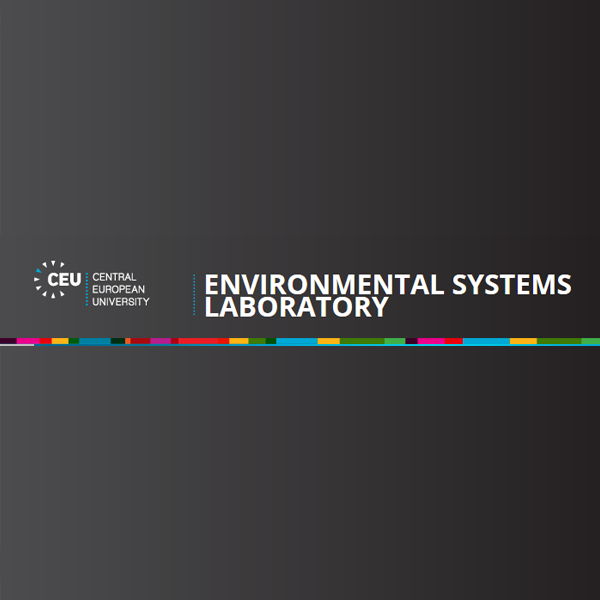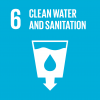
Hafsa Aeman
Senior Research Officer - Geoinformatics, CGIAR at International Water Management Institute

Sawaid Abbas
Assistant Professor at Smart Sensing for Climate and Development, GIS Centre, University of the Punjab Centre for Geographical Information, University of the Punjab
The proposed solution leverages Earth Observation (EO) and climate data to develop a machine learning-based irrigation demand forecasting system tailored for smallholder farmers operating under the Warabandi system. In regions where rotational irrigation governs water distribution, farmers often lack accurate tools to forecast short-term irrigation needs, leading to overuse or underuse of water, both of which impact productivity and efficiency. This space-based solution addresses the challenge by integrating EO-derived variables such as Normalized Difference Vegetation Index (NDVI), Soil-Adjusted Vegetation Index (SAVI), Land Surface Temperature (LST), and net radiation to estimate actual crop water requirements. The model enables data-driven decision-making for farmers and water managers, promoting more efficient and timely irrigation practices within fixed rotation systems.
Donor: Water Resource Accountability in Pakistan (WRAP), supported by the Foreign, Commonwealth & Development Office (FCDO)
Government Departments Involved: On-Farm Water Management (OFWM), Agriculture Department and Irrigation Department, Punjab
Community and Sectoral Engagement: Farmers’ associations and local water user groups, experts in water demand management from academia and the private sector
Inclusive Participation: Integrating voices from underrepresented communities, including women and Indigenous stakeholders.
Requirements
Data
- Landsat time series
- PlanetScope time series
- Climate data: ERA5 (Copernicus), Flux Tower System (for validation)
- Crop calendar and landcover data integrated with ML models
Software
- Google Earth Engine: Cloud-based platform for EO data
- Google Colab: Python-based model training and automation
- Python, TensorFlow/PyTorch for ML model setup
Physical
- Validation of land cover features, historical crop water use, and weather parameters through ground-based systems such as flux tower, along with crop information verified using crop calendars and spectral signatures collected from the field.
- The information regarding soil moisture will be verified through Soil moisture sensors.
Outline steps for a solution
- Data collection and sourcing (Completed)
- Workflow development and EO dataset integration (In progress)
- Data loader development and ML model setup (Completed)
- Training and initial testing of ML models (Completed)
- Automation of input data prediction via GEE/Colab (To do)
- Continuous irrigation forecast generation and output delivery (To do)
Steps to a solution
The solution workflow begins by collecting and preprocessing key spectral indices derived from historical satellite datasets. These include Normalized Difference Vegetation Index (NDVI), Soil-Adjusted Vegetation Index (SAVI), Land Surface Temperature (LST), Land Use Land Cover (LULC), and Net Radiation (Rn) data. This includes the:
- Dataset Preparation:
- Extract temporal identifiers from each dataset.
- Group datasets by matching dates across all indices and the target variable Evapotranspiration (ET).
- Data pre-processing to clean datasets to remove NaN values and outliers for consistent temporal-spatial alignment.
- Model Development:
- Features are stacked into multi-channel tensors for CNN models (e.g., 5 input channels for NDVI, SAVI, LST, Rn, and LULC).
- For Random Forest models, the same data is flattened into tabular format with each pixel representing a row.
- Convolutional Neural Network (CNN):
- A deep CNN model is trained with 5 layers including convolution (Conv2D) and Batch Normalization, activated using ReLU functions.
- The final layer outputs a single channel of predicted Evapotranspiration (crop water requirement) for each crop pixel by pixel.
- Random Forest Ensemble:
- A bootstrapped ensemble of Random Forest regressors is trained on flattened data.
- Each model votes on ET prediction, and the final output is an average of these predictions
Results
Initial model testing achieved accurate crop water requirement estimation using CNN and ML. Results indicated high R² values (e.g., NDVI = 0.81, SAVI = 0.81, Net Radiation = 0.83, LST = 0.78). A 7-day irrigation forecast was generated for rice, providing actionable advisories. The model testing phase has been completed and is now in the process of being brought into a continuous irrigation advisory system to generate crop driven irrigation forecasts.
The irrigation demand forecasting model was validated across two cropping seasons with Kharif (June 2024) and Rabi (February 2024), using observed evapotranspiration (ET) from PySEBAL and flux tower data. During the Kharif season, CNN predictions closely aligned with observed ET for rice (CNN: 6.798 mm/day vs. PySEBAL: 6.370 mm/day; Flux Tower: 6.99 mm/day), while RF and XGB models showed moderate underestimations.
Similarly, in the Rabi season, wheat ET prediction by CNN (2.041 mm/day) was close to the flux tower estimate (1.86 mm/day), with XGB and RF providing slightly conservative outputs. Across both seasons, CNN consistently performed better in spatial alignment and magnitude, demonstrating its robustness in capturing seasonal irrigation demand variations across diverse crops like maize, potato, guava, and citrus orchards.











